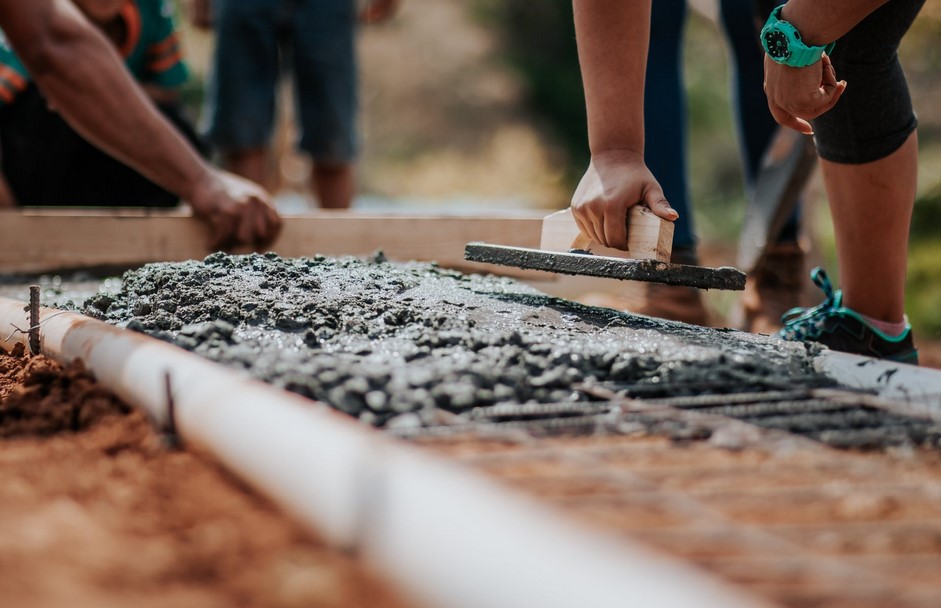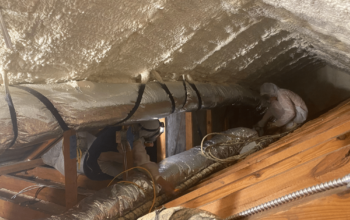Nowadays, the choice of ready mixed concrete is growing, due to the new technical requirements, higher resistance and the need to reduce work time. Ready-mix concrete is a set of services that provides a large amount of benefits to those who use it, be it a contractor, project manager or owner of the work.
The history of ready-mix concrete begins in 1872 with the engineer Deacon who said that “ready-mix concrete, specially prepared to be used directly in the work, would be a great advantage for the construction industry”. Thus the idea of ??ready-mix concrete was born and that same year the first ready-mix concrete plant in the world was established in England.
Ready Mix Concrete is a material that is delivered or manufactured at a specific site by means of plants with high precision metering systems that perform highly homogeneous mixing by means of a central mixer that can be of vertical or horizontal type with different configurations of propellers or vanes according to the desired concrete and its final application.
These high-tech plants not only provide exact calculations, indicating the exact amount of each component, but also automatically control the machinery that makes the mixture highly homogeneous ensuring high product quality and consistency in addition to compliance with technical regulations according to country.
The greatest advantage offered by the use of ready-mixed concrete for the consumer and contractor is the security in the fulfillment of the desired technical characteristics thanks to the numerous quality controls carried out throughout the production process
On the other hand, the producer benefits from the following aspects when preparing ready-mix concrete:
- Less Wear Of The Mixer Truck: While a premixing plant delivers a mixture of homogeneous concrete to the truck and it should only be in charge of keeping it moving at low revolutions, the dosing plants leave all the mixing work to the truck which will generate in the medium term high wear of the inner tops of the top which results in higher maintenance costs in the fleet.
- Greater Energy Efficiency: A premixing plant with a central horizontal mixer of 2 m 3 effective uses a 100 Hp engine to make a batch of concrete. When comparing the previous data with the dosing plants where it is evidenced that all the mixing is done by the mixer truck, about 350 HP are used from the vehicle’s engine which uses fuel that usually in Latin America (with the exception of some countries) has a higher cost compared to the power grid.
- Lower Cement Consumption In The Mixture: When comparing the production of concrete by means of dosing plants, it is evident that the homogeneity of the mixture is lower, so that the cement does not achieve a wide distribution in the mixture, resulting in a reduction in technical characteristics. This problem is commonly solved by adding cement, but when contemplating the costs of inputs for the production of concrete, it is evident that cement is the variable with the highest cost over aggregates, additives, fibers, etc. This is why premixing means less cement for the same strength and therefore lower production costs.
In conclusion, the use of ready mix concrete in addition to being a guarantee of quality and compliance with technical specifications provides great benefits to the producer such as cost reduction and greater efficiency in raw materials, improvements in energy efficiency and lower maintenance costs.
Related Posts












